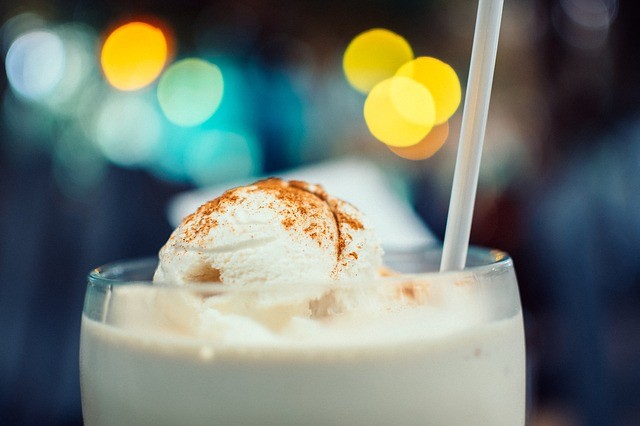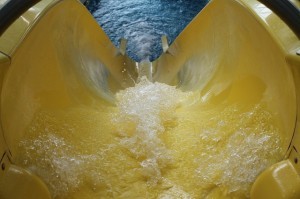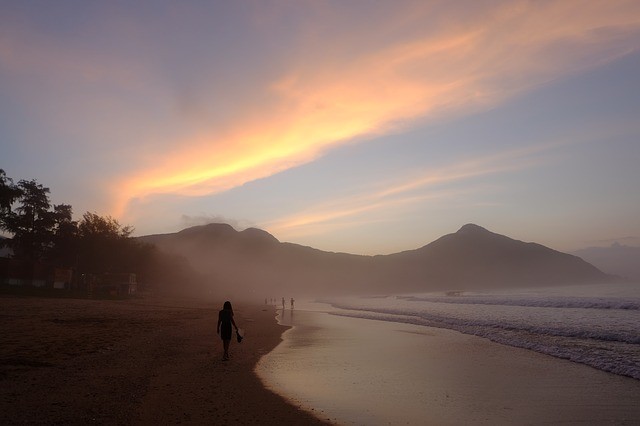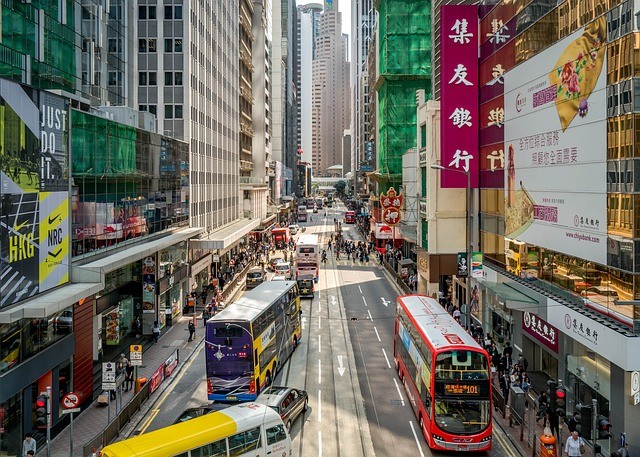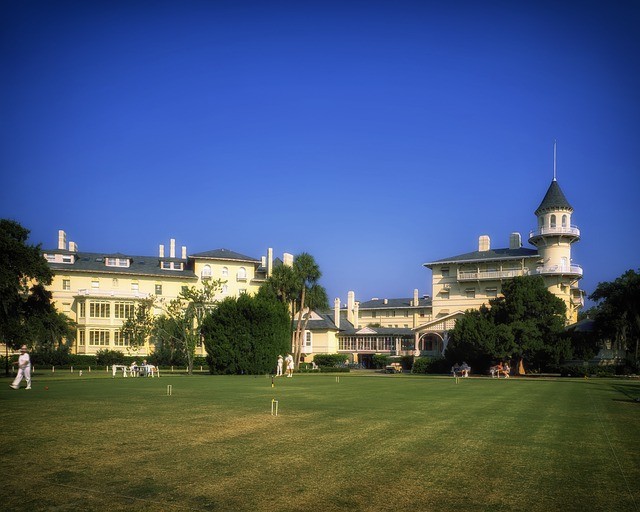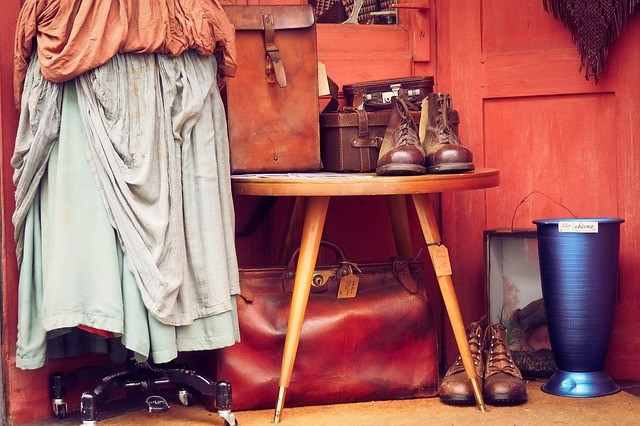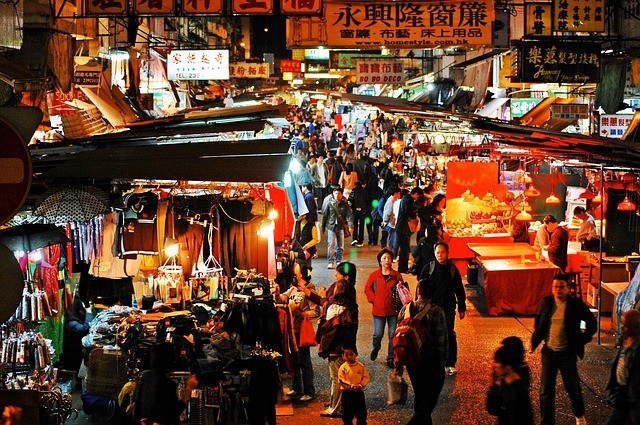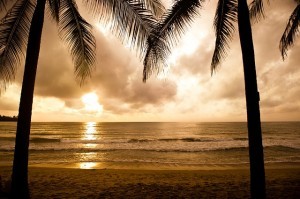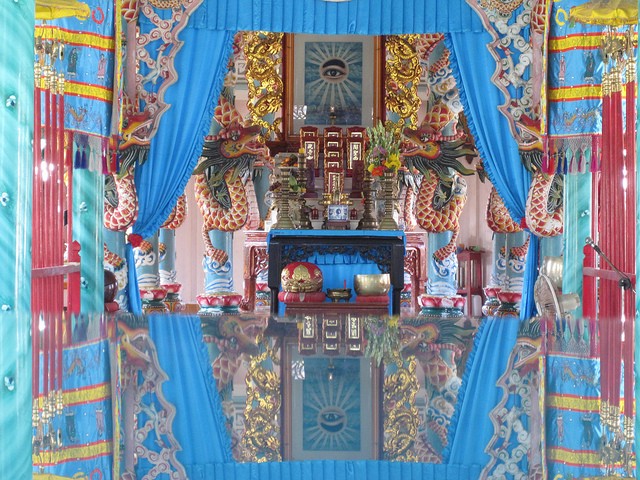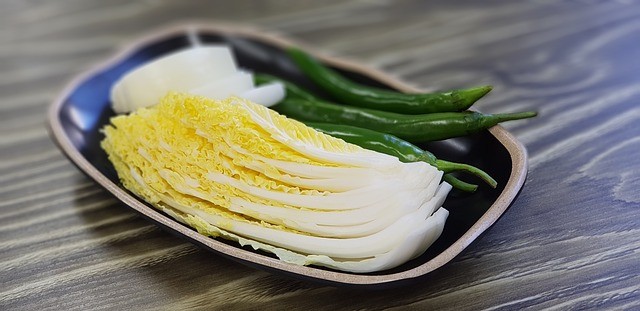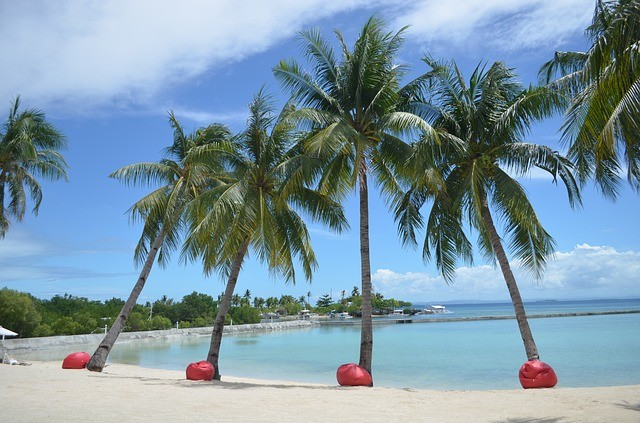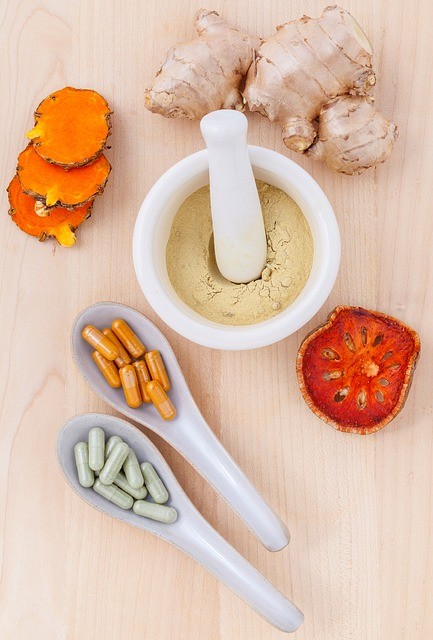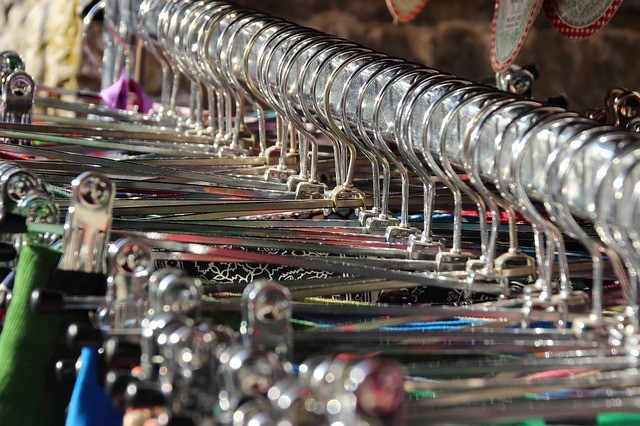Hong Kong is renowned for its buzzing, lively and raucous street markets. From designer ‘knockoff’ to food and exotic gems, you are never short of things to buy. However, knowing which market to visit can be a daunting prospect. So, we have compiled a list of the best street markets in Hong Kong and what they sell to make your decision process a little easier…but of course, you should visit them all, wouldn’t want to miss out on a bargain!
Ladies Market
Let’s begin with the most ubiquitous of them all. The Ladies Market frequently pops up on the list of top street markets in Hong Kong and is probably the most famous in the country. The market is frequently crammed with tourists, but the vibe is distinctly more ‘local’. People who have lived in Hong Kong all their lives regularly use this street market to bag a bargain. As the name might suggest, their focus is largely on women. However, men are not excluded as you can find quite a few items of men’s clothing as well. There are mountains of clothes, bags, jewellery, watches, belts, and shoes. You will also find some more traditional Chinese goods here, as well as household items, luggage, and souvenirs. The market is open between noon and midnight, but the best time to visit is in the late afternoon and evening. The place really comes alive after 7pm, but if you cannot bear crowds and bustle, you might want to visit in the early afternoon.
Seafood Street Market
This street market might sound a little strange but is worth visiting if only for the spectacle of seeing the vast assortment of fishy produce on offer. You can buy almost any kind of dried seafood here, from shrimp to abalone, as well as some slightly more unusual items; these can include fins, tails, heads, and curiously, edible bird’s nests. If you really want to get a closer look at what locals use in their daily food preparation, as well as that used for medicinal purposes, Seafood Street Market is a must. It might be one of the more curious street markets, but it has its own charm and you are sure to be in awe at what you can find dried and packaged here. The market is located on Seafood Street, close to Shuang Wan subway and is usually open from 9-5 p.m. Note; The market is usually closed on Sundays.
Cat Street market
This market also goes by the name of ‘Lascar Row’ and is the place to find antiques. Here you can find old Chinese curios, genuine antiques, and items that are simply old. If you are looking for a souvenir or a gift that is traditional rather than modern, Cat Street is where you will find it. Many argue that Hollywood Road has better quality finds, but the prices reflect this, so if you are prepared to dedicate some time to bargain hunting, Cat Street should deliver. You can find jade, porcelain, silks, as well as household items. For something a little more capricious, you can find old cameras, watches, telephones, toys, and record players. Located near to Sheung Wan station and along Queen’s Road Central, the market keeps typical business hours.
Temple Street Night Market
This market remains the most notorious amongst street markets in Hong Kong. Temple Street is usually crammed with tourists, thanks to the famous Night Market. You can buy literally everything you can imagine here, from tacky souvenirs to ‘antique’ Chinese tea sets. The market also stocks a wide variety of both men’s and women’s clothing, including designer copies. You can also find antiques here, but their origin is often dubious. Electronics are sold widely too but beware if it seems too cheap it is probably a copy and best to avoid dodgy electrical items at all costs! Aside from all the shopping that can be done, the market also has a vast array of street food; here you can try pineapple buns, dumplings, grilled octopus, and a variety of other snacks. Uniquely to this street market, you can also find fortune tellers and tarot card readers. The market opens from 4 p.m until midnight but is at its busiest from 6-12 p.m. It is located on Temple Street, close to the Jordan subway station, and is right next to the Tin Hau temple.
Other Hong Kong street markets that are not on the same scale as the ones noted above, but are still very much worth a visit for a quick browse are:
Wan Chai Street market
The Wan Chai street market has a vast selection of clothing, electronics, toys, and curios. This market is mostly frequented by locals, so it is a little cheaper than some of the other street markets but will give you a real taste of Hong Kong street-market trading.



